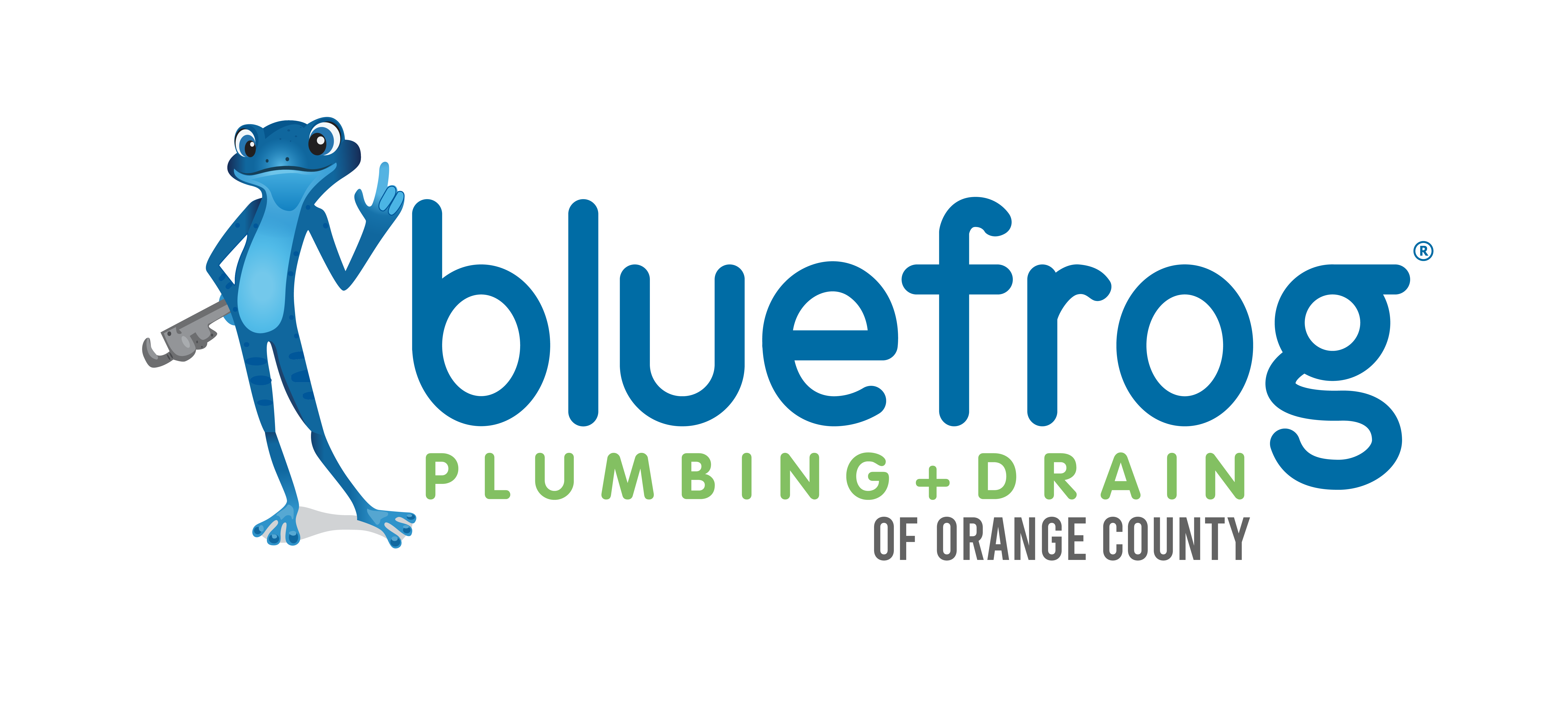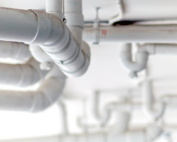Behind your walls and ceilings your plumbing system snakes along with a series of water service pipes and drainpipes. The service pipes bring in fresh clean water while the drainage pipes remove sewage and wastewater from your home into public sewer or a private septic system. Both systems rely mainly on gravity but your drainage system has a special helper known as your plumbing ventilation or vent stack.
The main vent stack runs from your plumbing fixtures and water-using appliances out through the roof of your home. If you look carefully you will see this pipe sitting on the roof and, depending on the number of fixtures needing venting, there may be more than one.
In this article we will learn about plumbing vents and the roles they play in keeping our plumbing systems draining properly and our homes free of foul sewer odors. We will learn about the types of plumbing vents commonly used and will discover the most common issues homeowners may face in regard to plumbing ventilation.
What Are Plumbing Vents?
Plumbing vents are an essential component of your plumbing system. Their main purpose is to keep the pressure in your plumbing system balanced as they permit air into your plumbing while preventing dangerous sewer gases from building up inside of your home.
As wastewater exits your fixtures and appliances air and the force of gravity are used to pull the wastewater down the drain. Under the fixture lies a P-trap which is a curved pipe that holds a small amount of water. This water acts as a barrier to keep foul odors from entering your home. When you flush a toilet or run a faucet the trap empties along with the wastewater being generated but a small amount of fresh water remains each time to make the water seal. The vent system is responsible for this activity.
If no air were available when drains are emptying a vacuum would be created which would slow down the drain’s ability to empty or it would stop it altogether. The ventilation system in your plumbing is responsible for smooth and fast operating drains.
Components of a Plumbing Vent
The main house vent is referred to as the main stack. It is typically 3 or 4” in diameter and is the pipe you see coming through your rooftop.
The secondary stack serves a branch of the system and can be identified as a 2 or 3” pipe.
Every fixture and appliance is connected by a 1 ½ -2” branch drainpipe to the main stack to carry wastewater.
Types of Plumbing Vents
There are several types of vents a plumber uses to keep your plumbing system operating properly. Here we will explain common plumbing vents:
- A true vent- This type of vent is the most common type. It is a vertical pipe that is installed on your drain line. No water ever runs through these vents but instead they vent out the top of your roof and use air to balance your plumbing system.
- A common vent- This type of vent is installed between two fixtures that are on opposite sides of a shared wall such as back to back sinks in two different bathrooms. These vents connect to the main stack using a sanitary cross or a sanitary “tee”.
- A re-vent pipe or an auxiliary vent-This type of vent attaches to a drain line or behind a fixture and runs up and over to the main vent that runs out the rooftop.
- An air admittance valve- when wastewater drains this vent opens and uses the air and the force of gravity to keep sewer gases from entering the room. This type of vent is commonly used on sinks and usually vents more than one fixture.
- A wet vent- If a stack admits air but never carries water, it is considered a vent stack. If a vent stack sometimes carries water from a fixture above it it is called a wet vent.
Potential Problems of Vents
Like all plumbing components, a plumbing vent can develop issues. Here we will take a look at the most common problems associated with plumbing vents.
Blockages
The most common issue facing plumbing vents are blockages. A blocked vent pipe will cause negative pressure in a plumbing system causing wastewater to drain poorly or not at all. If you have slow-to-empty drains, standing water in sinks and tubs, or hear gurgling noises when water is attempting to drain you can suspect you have a blocked vent.
Blockages can result from all types of issues such as heavy snowfall, nest building by squirrels, birds, and other rodents, or even a tennis ball which happens to be the ideal size to fit inside a vent pipe.
Clearing blockages should not be attempted by DIYers and a professional such as ourselves should be called. Climbing on your roof is dangerous and is better left to those with experience.
Improper Layout and Installation
Installing a plumbing system with proper venting requires the expertise and experience of a professional plumber. Every calculation must be exact and an incorrect layout or poor installation techniques can leave your venting and entire plumbing system in disarray.
Damaged Plumbing Vents
Since your plumbing vent is positioned on your roof there are plenty of opportunities for the pipe to become damaged. Tree branches, wind, and hail can crack vent pipes and loosen the collar supporting your vent pipe. This may allow water to seep into your attic so check for wet wood structures and insulation.
Another sign of vent damage is the smell of sewer gases in your home. A vent both allows air into your plumbing system but it also releases sewer gases and if they are backing up there is a problem.
Any type of issue that keeps your plumbing vents from doing their intended job can be dangerous. Ill draining plumbing can cause backups of sewage and wastewater and sewer gases trapped in your rooms can be unhealthy.
Do you now know everything about plumbing venting?
We hope you enjoyed learning a little bit about how plumbing vents are useful components of your plumbing system and how they keep your drains flowing freely and without issue. It may be surprising to learn the facts about the plumbing pipes that are running through your walls and ceilings to keep your home safe, comfortable, and keep your home in compliance with local plumbing codes. Being aware of plumbing vents and their overall purpose will help you look for potential problems and aid you in calling for our professional assistance the moment a plumbing vent issue arises. Together we can keep your plumbing system and all related components in tip-top shape!

Slab Leaks: A True Plumbing Emergency
Home building following World War II was aggressive, so many houses were built on cement foundations to reduce the time it took to build them and to keep costs at a minimum. They were
How To Extend The Life Of Plumbing Pipes
A plumbing system consists of a complicated series of pipes, fixtures, and appliances that provide the infrastructure to run a well-functioning home. In this article, we will focus solely on plumbing pipes and ways
3 Silent Signs You Have A Plumbing Problem
Some plumbing issues announce themselves with a fury such as a drain backing up with sewage or a burst pipe, while others remain silent and destructive. In this article, we will reveal 3 signs



